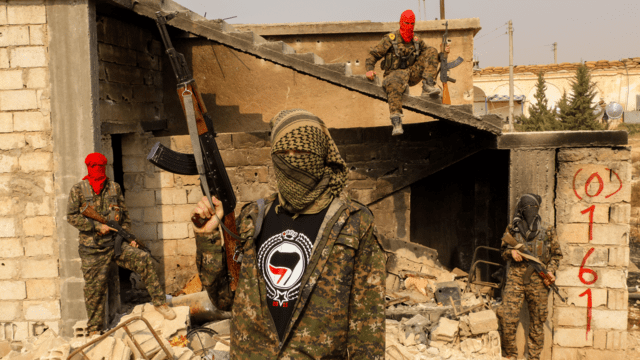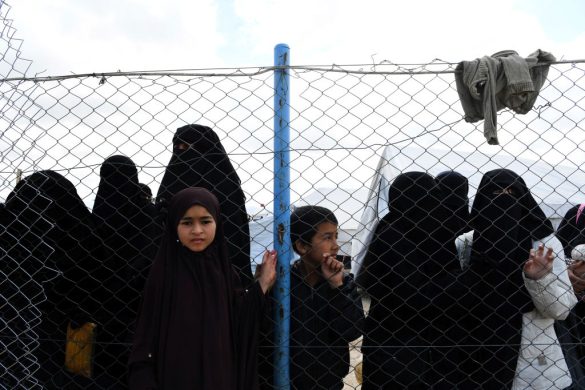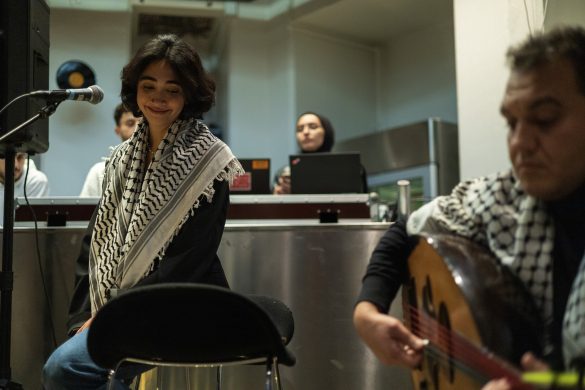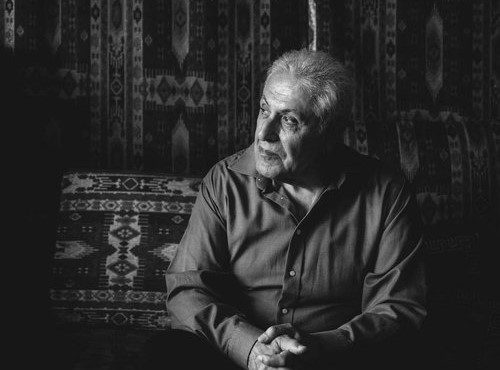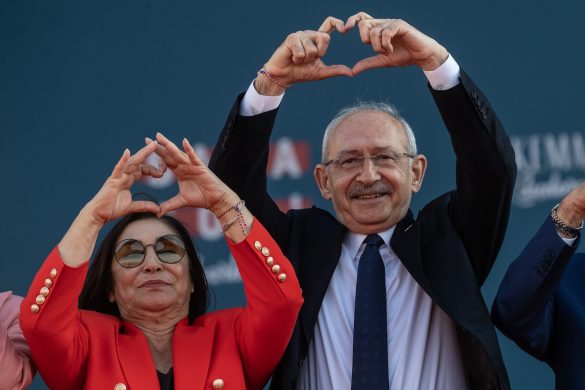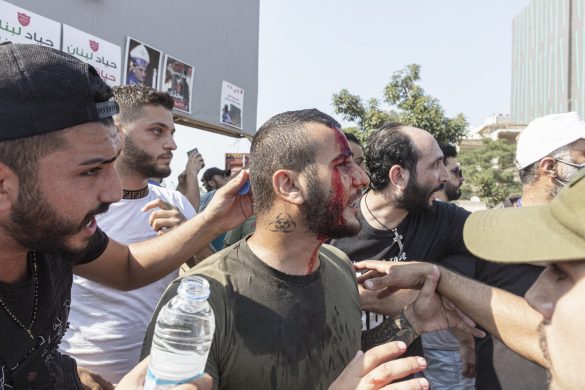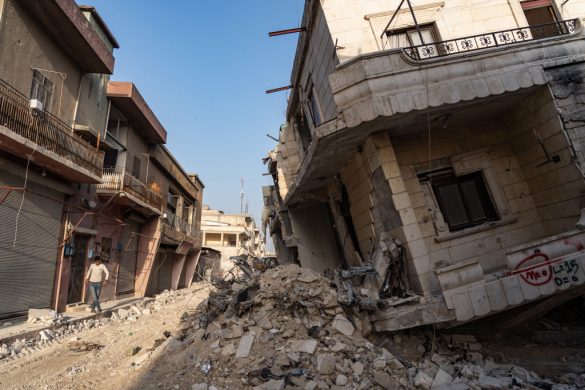After years of war, the Syrian state apparatus has fragmented into a loosely knit network of overlapping and competing authorities that hold sway over different areas.
Multiple groups are enacting and performing what are perceived to be key state tasks, sometimes living side by side, and sometimes fighting, competing and negotiating in overlapping networks of power.
These cross-cutting ties defy any easy dichotomies between rebels and government of the sort we have become all too familiar with from military control maps.
This does not imply that the Syrian state is on the verge of collapse or sectarian ethnic division.
Rather the Syrian government has continued to function internationally as a sovereign state, and it has been able to draw on its administrative and institutional capacities, and even to nurture new and old local power elites in the form of prominent families, business leaders, clans and sheiks.
In order to survive, the Assad regime has paradoxically outsourced or co-shared key state functions – the means of violence, border control, taxation and service provision – to or with a multiplicity of foreign and local actors, whether foreign Shia militias, the Kurdish YPG or Local Defense Forces.
Many of these foreign powers and militias are likely to remain in Syria after the war in order to secure so-called strategic depth, and they thrive on a certain degree of ‘controlled state chaos’.
Similarly, the multiplicity of local actors and intermediaries that have been empowered during the war will not easily relinquish their new found autonomy, and may, just like the Syrian opposition, push the Syrian state towards greater localization and decentralization.
Find hele rapporten ”Mosaics of Power” hos DIIS

